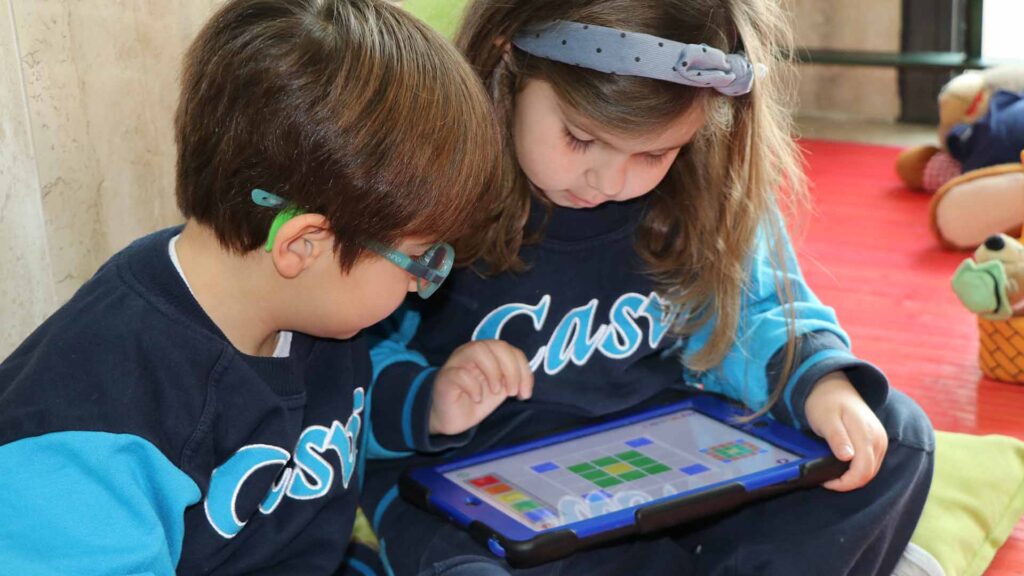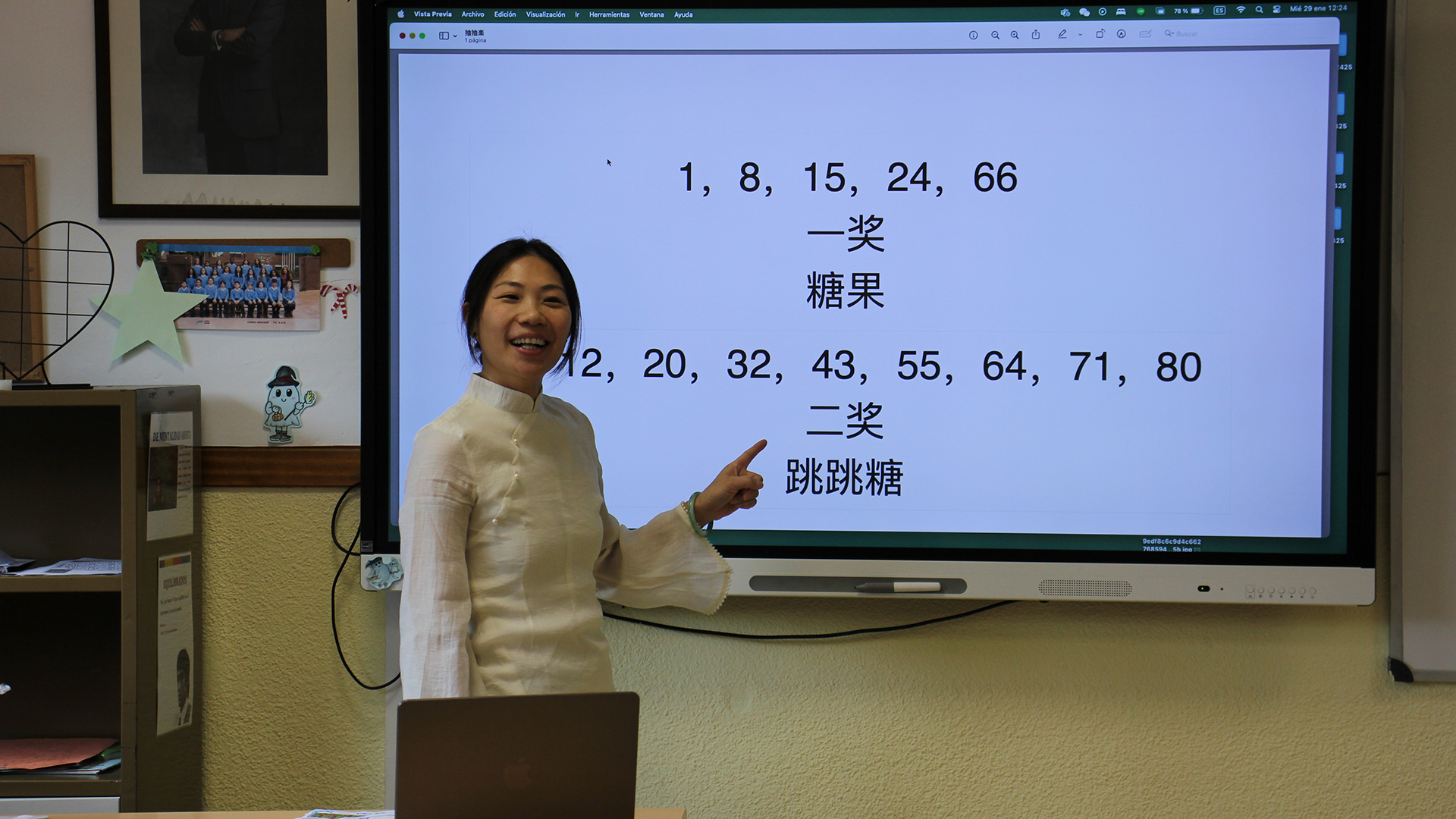Today, families are increasingly asking: what is the influence of technology on international education? The use of devices, digital platforms and educational apps is booming, but it also raises questions: does it really improve learning or does it simply increase screen time? Does it prepare students for a globalised world or does it expose them to risks of distraction, dependency or lack of digital safety?
THE RISKS OF POOR TECHNOLOGY INTEGRATION
Technology is not an automatic solution. Without pedagogical planning it can become a problem:
- Constant distractions during study.
- Inequalities in access, which widen the digital divide.
- Lack of critical thinking in the face of over-information on the internet.
- Data security and privacy risks.
According to UNESCO (2023), the positive impact of educational technology is only achieved when teacher training, cybersecurity policies and clear inclusion strategies are in place.

WHAT IS THE INFLUENCE OF TECHNOLOGY ON INTERNATIONAL EDUCATION?

Far from being an obstacle, technology is a unique opportunity when integrated with pedagogical criteria. Here are some of the keys:
1. LEARNING WITHOUT BORDERS
Tools such as videoconferencing, collaborative platforms and virtual environments allow students from different countries to work on joint projects. For example, students from Casvi Villaviciosa International School have made joint presentations with classmates from other countries, sharing research in real time.
2. PERSONALISATION OF LEARNING
Data analytics helps teachers tailor content to the pace of individual students. An OECD report (2022) shows that personalisation increases student motivation by 20% and reduces dropout rates.
3. METHODOLOGICAL INNOVATION
4. LANGUAGE TEACHING AND MULTILINGUALISM
Interactive applications or virtual exchanges accelerate language acquisition. At Casvi Villaviciosa, students can practise other languages with students from other international schools.
5. DIGITAL SKILLS DEVELOPMENT
Beyond subjects, international education must train in cybersecurity, media literacy and computational thinking – core skills in a globalised labour market.
6. INCLUSION AND ACCESSIBILITY
Digital tools (automatic captioning, online material or interactive simulators) allow learners with special needs or in remote contexts to access the same content as others.
7. FORMATIVE EVALUATION AND IMMEDIATE FEEDBACK
Digital environments provide constant feedback, digital portfolios and clear evidence of student progress. In this way, communication between teachers, families and students is improved.

PRACTICAL ADVICE FOR FAMILIES
In addition to what happens at school, parents can reinforce responsible use of technology at home with these tips:
- Monitor screen time and prioritise educational activities.
- Accompany your children in their search for information online, teaching them to identify reliable sources.
- Promote a balance between the use of devices and physical play, reading and family interaction.
CASVI VILLAVICIOSA, A REAL MODEL OF TECHNOLOGICAL INTEGRATION
At Casvi Villaviciosa International School, technology is integrated into every stage of education, always with a clear pedagogical approach.
In addition:
- Multilingualism (English, German, Chinese and Spanish) is enhanced with real immersion digital resources.
- Cybersecurity is a priority: clear protocols for secure use of devices and digital literacy programmes.
- Teachers receive continuous training to update their digital and methodological skills.
👉 Discover how technology enhances learning in a global environment. We invite you to request a personalised visit to our centre.
It allows students to connect with peers from other countries, share projects and access international content, broadening their cultural and academic vision.
It protects sensitive student and family data, ensures a safe digital environment and teaches students how to behave responsibly on the internet.
Online platforms and video calls allow you to work together in real time regardless of country, fostering global collaborative learning.
Facilitates access to resources for students with special needs or in areas with less educational provision, reducing gaps.
AI personalises content, provides predictive performance analytics and frees up teaching time for tasks of greater pedagogical value.
It allows you to practise with native speakers, use pronunciation apps and access authentic content to improve your language skills.

